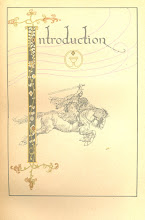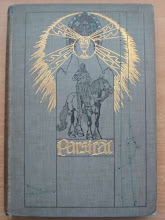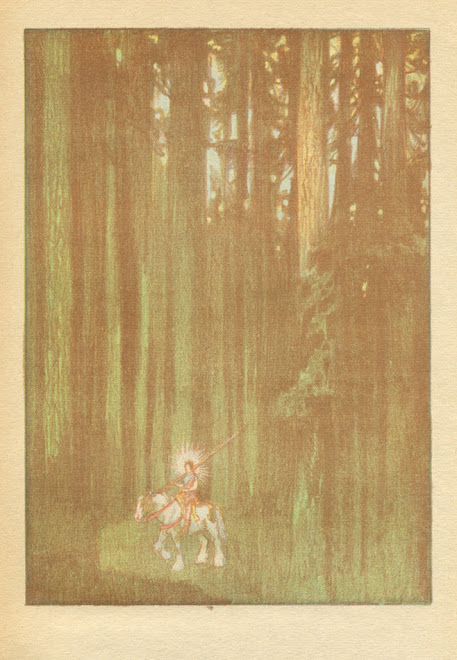I've recently read two books from the '90's that are amazing - Snow Crash and The Diamond Age by Neal Stephenson. They were bestsellers in the field of alternative sci-fi when they were published, so I've discovered them very tardily, but better late than never. My roommate Brent Heyning pushed Snow Crash on me because it was one of his influences for his Lightning Temple project that I've been peripherally involved in lately. http://www.lightningtemple.org/ I personally feel that information comes to each of us when it is supposed to no matter when it was released, which is why these books surfaced for me lately. They both contain archetypal material related to the ascent mysticism that I've been studying and that is at the conceptual base of the Lightning Temple. Each book expresses it somewhat differently - both of them are very technologically-oriented, but The Diamond Age seems more organically so to me whereas Snow Crash is more hard-wired. The Diamond Age was actually at the vanguard of the steampunk/NeoVictorian movement in the Goth subculture, and it was ahead of its time in that regard (another of my housemates at the artists' community, scientist (and something of an alchemist) Ryan Wartena, considers himself a NeoVictorian). Stephenson is highly intelligent and imaginative and I'm finding him quite inspiring to read. Snow Crash takes place mostly in Los Angeles, and utilizes Sumerian mythology, virtual reality and social commentary on authoritarian structures and consumer culture to tell interlacing stories about a mixed-race hacker, a rogue teenage skateboard courier, a psychotic Aleut, an equally psychotic telecommunications mogul, the Mafia and the Pentecostal church. Snow crash itself is a virus that affects both humans and machines, disrupting biological and binary codes. The Diamond Age is set in China, with sojourns to London, Seattle and the bottom of the sea. Its equally complex plotline combines East/West conflict, interactive content, nanotechnology, theater, struggles of class and ethnicity and fairy tales to tell the story of a street urchin who is set on the path to becoming an educated lady when an experimental piece of technology comes into her possession via an intellectual property pirating operation. Stephenson's works are set in a future time when technology has solved some of mankind's problems and created more. Both of these books tap into the archetypal substratum containing the ascent material, also in divergent but complementary ways. The Diamond Age utilizes the same structure of the ascent found in St. Theresa of Avila's The Interior Castle, the model of seven concentric rings containing within them the levels of personal development that bring one to the realization of God in the center of the Self. It also includes Chinese alchemy, with its concept of the ascent as a celestial ladder. Snow Crash contains elements of the sephirotic Tree of Life from Kabbalah, the older aspects of the contruct that derive from the proto-Semitic cultural pool. Another facet that it also utilizes is that of the Pentecost, the descent from heaven of pillars of flame (axis mundi symbols) that stimulate the areas of the brain which process language, opening them to the pre-Babel singular tongue. The tower of Babel was a ziggurat, also an ascent structure, an artificial mountain that symbolizes mankind's upward path toward divine realization. Stephenson has since written a number of books and I enjoyed these two so much that I'm looking forward to exploring the others as they come to me.
More info on Neal Stephenson:
http://www.nealstephenson.com/
Thursday, July 16, 2009
Subscribe to:
Post Comments (Atom)









No comments:
Post a Comment